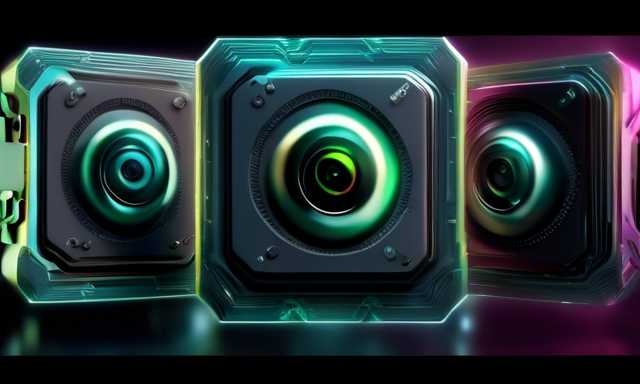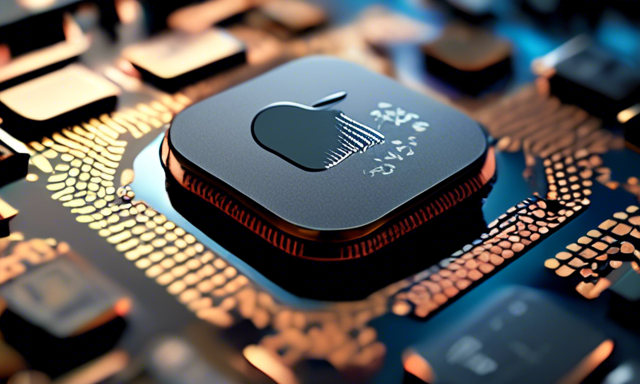NVIDIA Enhances Camera Calibration for AI-Powered Tracking
NVIDIA has introduced improvements in camera calibration to boost the accuracy and efficiency of AI-powered multi-camera tracking applications. These enhancements aim to streamline processes within the Metropolis framework, enhancing the overall performance of the tracking system.
Camera Calibration Importance
Camera calibration plays a crucial role in converting 2D camera views into real-world coordinates, enabling precise object tracking and localization. By determining specific camera parameters, both extrinsic and intrinsic, the calibration process ensures accurate mapping of camera coordinates to pixel coordinates.
Significance in Multi-Camera Tracking
Within NVIDIA Metropolis, calibrated cameras are utilized as sensors to improve spatial-temporal analytics in multi-camera AI workflows. Proper calibration is essential for accurately locating objects within a coordinate system, enabling critical functionalities like location services, activity correlation across cameras, and distance-based metric computation.
- In a retail setting, calibrated cameras can pinpoint a customer on a floor plan map.
- Warehouses benefit from multiple calibrated cameras tracking individuals across different sections, ensuring comprehensive monitoring.
- Calibrated cameras facilitate accurate distance computation by eliminating pixel domain inconsistencies.
Metropolis Camera Calibration Toolkit
NVIDIA’s Camera Calibration Toolkit simplifies the calibration process by offering tools for project organization, camera import, and reference point selection. With support for three calibration modes – Cartesian Calibration, Multi-Camera Tracking, and Image – the toolkit ensures precise calibration of cameras for compatibility with other Metropolis services.
- Users can import existing projects or create new ones, selecting reference points visible in camera images and floor plans.
- The toolkit facilitates creating transformation matrices to map camera trajectories onto floor plans, with additional features like regions of interest (ROIs) and tripwires.
Auto-Calibration with Synthetic Cameras
NVIDIA Metropolis supports synthetic data through the Omniverse platform, automating the calibration of synthetic cameras with the omni.replicator.agent.camera_calibration extension. This tool simplifies the calibration process by auto-selecting reference points and generating necessary mappings for seamless integration into Metropolis workflows.
- The auto-calibration process involves creating a top-view camera and calibrating other cameras by selecting reference points automatically.
- The extension computes intrinsic and extrinsic matrices, enhancing the integration of synthetic video data into Metropolis workflows.
Advancing Object Localization and Correlation
The advancements in camera calibration by NVIDIA significantly improve the functionality of Metropolis applications, enabling precise object localization and correlation across multiple cameras. These enhancements pave the way for real-time location services and intelligent video analytics applications on a large scale, benefiting various industries.
For additional information and technical support, explore the resources available on the NVIDIA Developer forums.
Hot Take: Embrace Enhanced Camera Calibration for Superior Tracking Performance
By leveraging NVIDIA’s improved camera calibration processes, you can elevate the accuracy and efficiency of multi-camera tracking applications. Stay ahead in the dynamic landscape of AI-powered tracking by embracing these advancements and optimizing your tracking systems for enhanced performance and reliability.





 By
By
 By
By


 By
By
 By
By